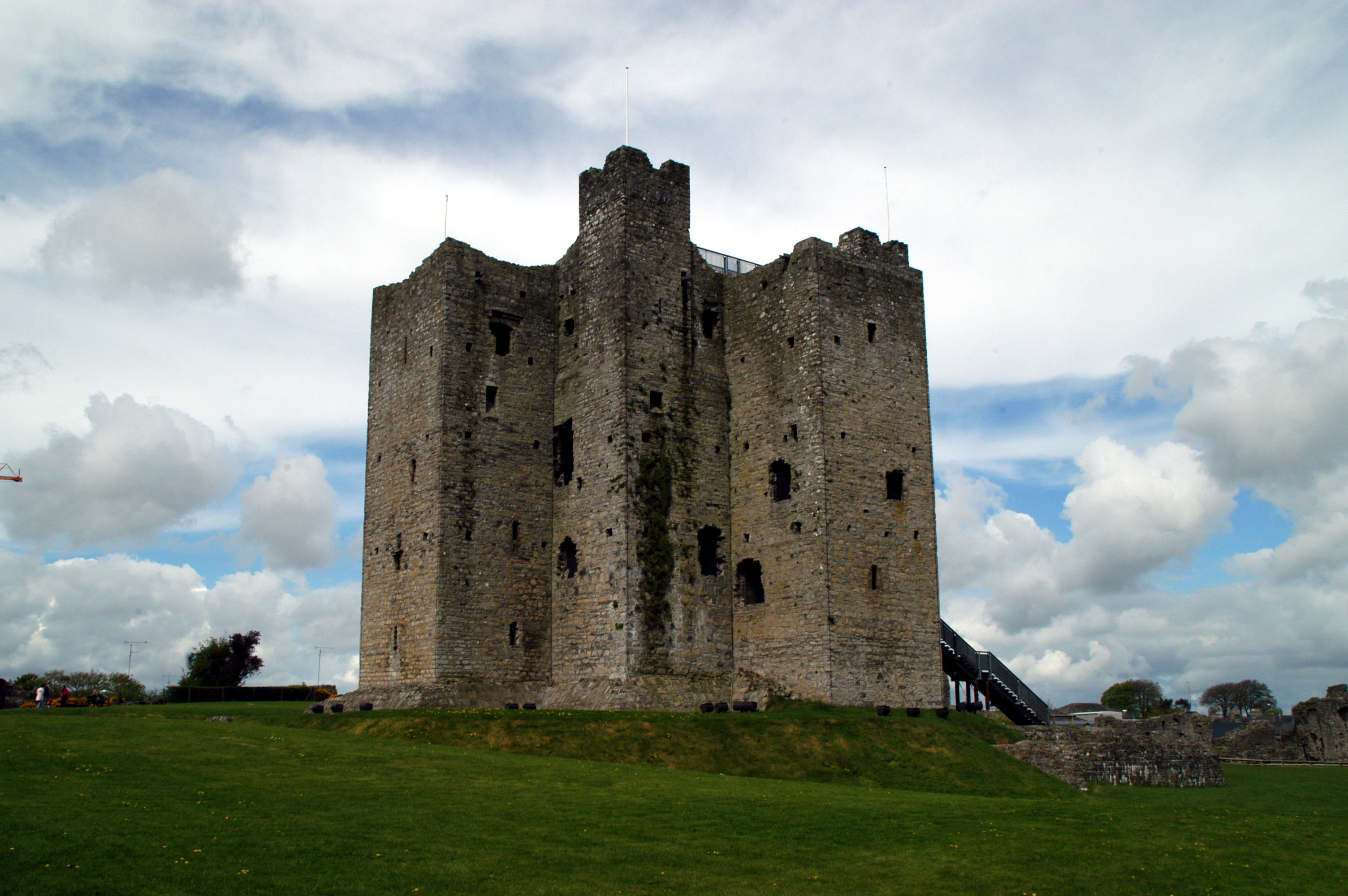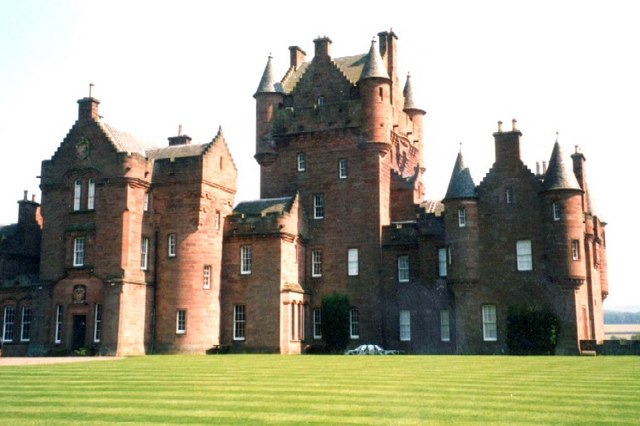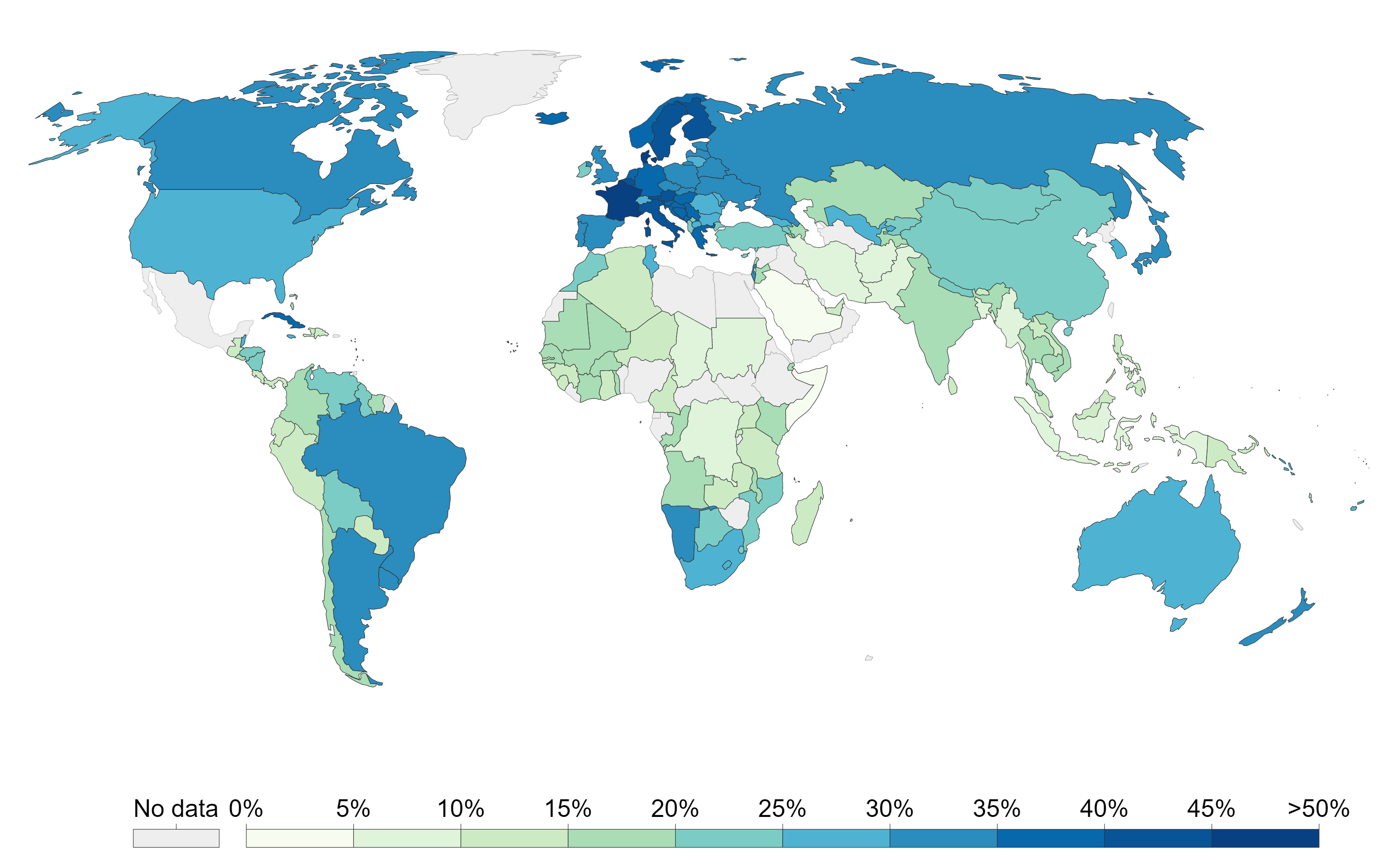|
Baronies Of Ireland
In Ireland, a barony ( ga, barúntacht, plural ) is a historical subdivision of a county, analogous to the hundreds into which the counties of England were divided. Baronies were created during the Tudor reconquest of Ireland, replacing the earlier cantreds formed after the original Norman invasion.Mac Cotter 2005, pp.327–330 Some early baronies were later subdivided into half baronies with the same standing as full baronies. Baronies were mainly cadastral rather than administrative units. They acquired modest local taxation and spending functions in the 19th century before being superseded by the Local Government (Ireland) Act 1898. Subsequent adjustments of county boundaries mean that some baronies now straddle two counties. The final catalogue of baronies numbered 331, with an average area of ; therefore, each county was divided, on average, into 10 or 11 baronies. Creation The island of Ireland was "shired" into counties in two distinct periods: the east and south durin ... [...More Info...] [...Related Items...] OR: [Wikipedia] [Google] [Baidu] |
Honour (land)
In the kingdom of England, a feudal barony or barony by tenure was the highest degree of feudal land tenure, namely ''per baroniam'' (Latin for "by barony"), under which the land-holder owed the service of being one of the king's barons. The duties owed by and the privileges granted to feudal barons are not exactly defined, but they involved the duty of providing soldiers to the royal feudal army on demand by the king, and the privilege of attendance at the king's feudal court, the precursor of parliament. If the estate-in-land held by barony contained a significant castle as its ''caput baroniae'' and if it was especially large – consisting of more than about 20 knight's fees (each loosely equivalent to a manor) – then it was termed an honour. The typical honour had properties scattered over several shires, intermingled with the properties of others. This was a specific policy of the Norman kings, to avoid establishing any one area under the control of a single lord. Usua ... [...More Info...] [...Related Items...] OR: [Wikipedia] [Google] [Baidu] |
Trícha Cét
The tríocha céad, also known as trícha cét, meaning "thirty hundreds", was a unit of land-holding in eleventh and twelfth century Ireland.Place Names NI - Land unitsMacCotter, Paul; ''Medieval Ireland: Territorial, Political and Economic Divisions'', pg. 13. , 2008. The term appears to relate to the number of troops an area could raise. Background Described as a "spatial unit of royal , , l ...[...More Info...] [...Related Items...] OR: [Wikipedia] [Google] [Baidu] |
Túath
''Túath'' (plural ''túatha'') is the Old Irish term for the basic political and jurisdictional unit of Gaelic Ireland. ''Túath'' can refer to both a geographical territory as well the people who lived in that territory. Social structure In ancient Irish terms, a household was reckoned at about 30 people per dwelling. A ''trícha cét'' ("thirty hundreds"), was an area comprising 100 dwellings or, roughly, 3,000 people. A ''túath'' consisted of a number of allied ''trícha céta'', and therefore referred to no fewer than 6,000 people. Probably a more accurate number for a ''túath'' would be no fewer than 9,000 people. Each ''túath'' was a self-contained unit, with its own executive, assembly, courts system and defence force. ''Túatha'' were grouped together into confederations for mutual defence. There was a hierarchy of ''túatha'' statuses, depending on geographical position and connection to the ruling dynasties of the region. The organisation of ''túatha'' is covered ... [...More Info...] [...Related Items...] OR: [Wikipedia] [Google] [Baidu] |
The Pale
The Pale (Irish: ''An Pháil'') or the English Pale (' or ') was the part of Ireland directly under the control of the English government in the Late Middle Ages. It had been reduced by the late 15th century to an area along the east coast stretching from Dalkey, south of Dublin, to the garrison town of Dundalk. The inland boundary went to Naas and Leixlip around the Earldom of Kildare, towards Trim and north towards Kells. In this district, many townlands have English or French names, the latter associated with Norman influence in England. Etymology The word ''pale'', meaning a fence, is derived from the Latin word ', meaning "stake", specifically a stake used to support a fence. A paling fence is made of pales ganged side by side, and the word ''palisade'' is derived from the same root. From this came the figurative meaning of "boundary". The Oxford English Dictionary is dubious about the popular notion that the phrase '' beyond the pale'', as something outside the boundary ... [...More Info...] [...Related Items...] OR: [Wikipedia] [Google] [Baidu] |
Vassal
A vassal or liege subject is a person regarded as having a mutual obligation to a lord or monarch, in the context of the feudal system in medieval Europe. While the subordinate party is called a vassal, the dominant party is called a suzerain. While the rights and obligations of a vassal are called vassalage, and the rights and obligations of a suzerain are called suzerainty. The obligations of a vassal often included military support by knights in exchange for certain privileges, usually including land held as a tenant or fief. The term is also applied to similar arrangements in other feudal societies. In contrast, fealty (''fidelitas'') was sworn, unconditional loyalty to a monarch. European vassalage In fully developed vassalage, the lord and the vassal would take part in a commendation ceremony composed of two parts, the homage and the fealty, including the use of Christian sacraments to show its sacred importance. According to Eginhard's brief description, the ''commenda ... [...More Info...] [...Related Items...] OR: [Wikipedia] [Google] [Baidu] |
Hugh De Lacy, Lord Of Meath
Hugh de Lacy, Lord of Meath, 4th Baron Lacy (; before 1135 – 25 July 1186), was an Anglo-Norman landowner and royal office-holder. He had substantial land holdings in Herefordshire and Shropshire. Following his participation in the Norman Invasion of Ireland, he was granted, in 1172, the lands of the Kingdom of Meath by the Anglo-Norman King Henry II, but he had to gain control of them. The Lordship of Meath was then the most extensive liberty in Ireland. Early life Hugh de Lacy was the son of Gilbert de Lacy (died after 1163) of Ewyas Lacy, Weobley, and Ludlow. He is said to have had a dispute with Joscelin de Dinan as to certain lands in Herefordshire in 1154. He was in possession of his father's lands before 1163, and in 1165–66 held fifty-eight and three-quarters knights' fees, and had nine tenants without knight service. Career in Ireland In October 1171 Lacy went over with Henry II as part of an Anglo-Norman force to invade Ireland, and early in 1172 he was sent ... [...More Info...] [...Related Items...] OR: [Wikipedia] [Google] [Baidu] |
County Meath
County Meath (; gle, Contae na Mí or simply ) is a county in the Eastern and Midland Region of Ireland, within the province of Leinster. It is bordered by Dublin to the southeast, Louth to the northeast, Kildare to the south, Offaly to the southwest, Westmeath to the west, Cavan to the northwest, and Monaghan to the north. To the east, Meath also borders the Irish Sea along a narrow strip between the rivers Boyne and Delvin, giving it the second shortest coastline of any county. Meath County Council is the local authority for the county. Meath is the 14th-largest of Ireland's 32 traditional counties by land area, and the 8th-most populous, with a total population of 220,296 according to the 2022 census. The county town and largest settlement in Meath is Navan, located in the centre of the county along the River Boyne. Other towns in the county include Trim, Kells, Laytown, Ashbourne, Dunboyne, Slane and Bettystown. Colloquially known as "The Royal County", the historic ... [...More Info...] [...Related Items...] OR: [Wikipedia] [Google] [Baidu] |
County Louth
County Louth ( ; ga, An Lú) is a coastal county in the Eastern and Midland Region of Ireland, within the province of Leinster. Louth is bordered by the counties of Meath to the south, Monaghan to the west, Armagh to the north and Down to the north-east, across Carlingford Lough. It is the smallest county in Ireland by land area and the 17th most populous, with just over 139,100 residents as of 2022. The county is named after the village of Louth. Louth County Council is the local authority for the county. History County Louth is named after the village of Louth, which in turn is named after Lugh, a god of the ancient Irish. Historically, the placename has had various spellings; , , and (see Historic Names List, for full listing). is the modern simplified spelling. The county is steeped in myth, legend and history, and is a setting in the epic. Later it saw the influence of the Vikings, as seen in the name of Carlingford Lough. They also established a longphort a ... [...More Info...] [...Related Items...] OR: [Wikipedia] [Google] [Baidu] |
Prescriptive Barony
In Scotland, a baron or baroness is the head of a feudal barony, also known as a prescriptive barony. This used to be attached to a particular piece of land on which was situated the ''caput'' (Latin for "head") or essence of the barony, normally a building, such as a castle or manor house. Accordingly, the owner of the piece of land containing the ''caput'' was called a baron or baroness. According to Grant, there were around 350 identifiable local baronies in Scotland by the early fifteenth century and these could mostly be mapped against local parish boundaries. The term baron was in general use from the thirteenth century to describe what would have been known in England as a knight of the shire.Alexander Grant, "Franchises North of the Border: Baronies and Regalities in Medieval Scotland", Chapter 9, Michael Prestwich. ed., ''Liberties and Identities in Medieval Britain and Ireland'' (Boydell Press: Woodbridge, 2008) The 1896 edition of ''Green's Encyclopaedia of the Law of ... [...More Info...] [...Related Items...] OR: [Wikipedia] [Google] [Baidu] |
Taxation
A tax is a compulsory financial charge or some other type of levy imposed on a taxpayer (an individual or legal person, legal entity) by a governmental organization in order to fund government spending and various public expenditures (regional, local, or national), and tax compliance refers to policy actions and individual behaviour aimed at ensuring that taxpayers are paying the right amount of tax at the right time and securing the correct tax allowances and tax reliefs. The first known taxation took place in Ancient Egypt around 3000–2800 BC. A failure to pay in a timely manner (Tax noncompliance, non-compliance), along with evasion of or resistance to taxation, is punishable by law. Taxes consist of direct tax, direct or indirect taxes and may be paid in money or as its labor equivalent. Most countries have a tax system in place, in order to pay for public, common societal, or agreed national needs and for the functions of government. Some levy a flat tax, flat percentag ... [...More Info...] [...Related Items...] OR: [Wikipedia] [Google] [Baidu] |
Parliament Of Ireland
The Parliament of Ireland ( ga, Parlaimint na hÉireann) was the legislature of the Lordship of Ireland, and later the Kingdom of Ireland, from 1297 until 1800. It was modelled on the Parliament of England and from 1537 comprised two chambers: the House of Commons and the House of Lords. The Lords were members of the Irish peerage (’lords temporal’) and bishops (’ lords spiritual’; after the Reformation, Church of Ireland bishops). The Commons was directly elected, albeit on a very restricted franchise. Parliaments met at various places in Leinster and Munster, but latterly always in Dublin: in Christ Church Cathedral (15th century),Richardson 1943 p.451 Dublin Castle (to 1649), Chichester House (1661–1727), the Blue Coat School (1729–31), and finally a purpose-built Parliament House on College Green. The main purpose of parliament was to approve taxes that were then levied by and for the Dublin Castle administration. Those who would pay the bulk of taxation, ... [...More Info...] [...Related Items...] OR: [Wikipedia] [Google] [Baidu] |







